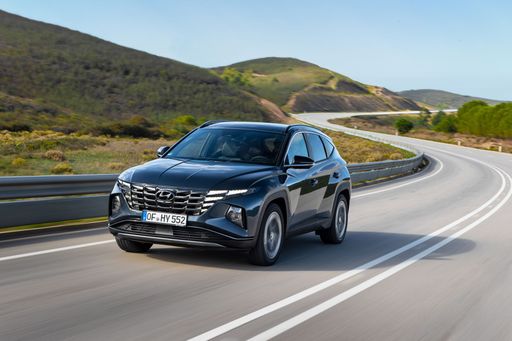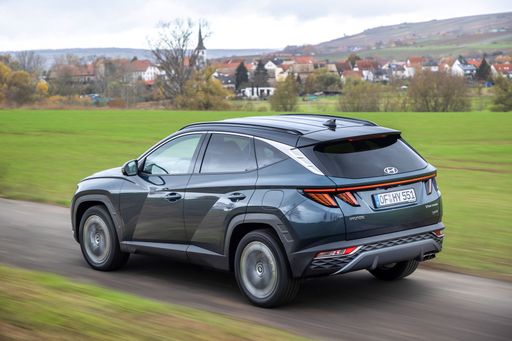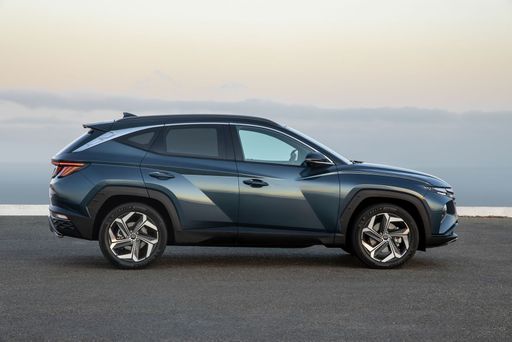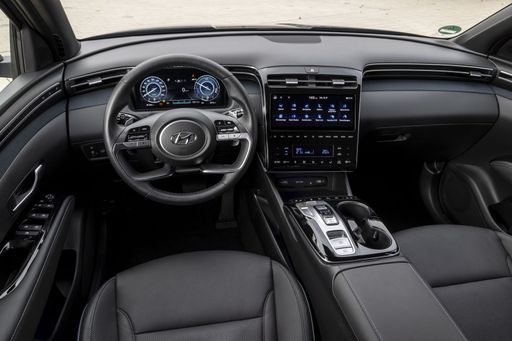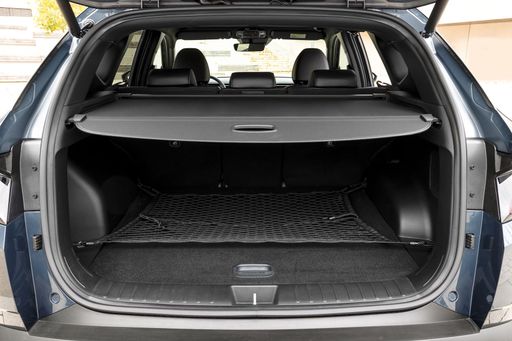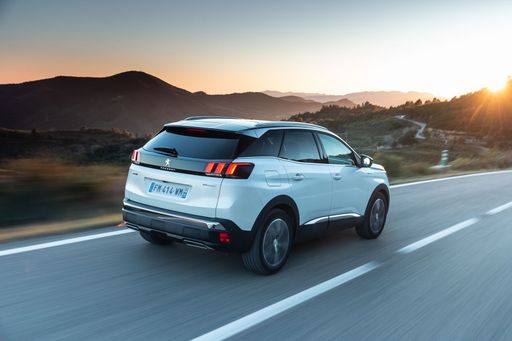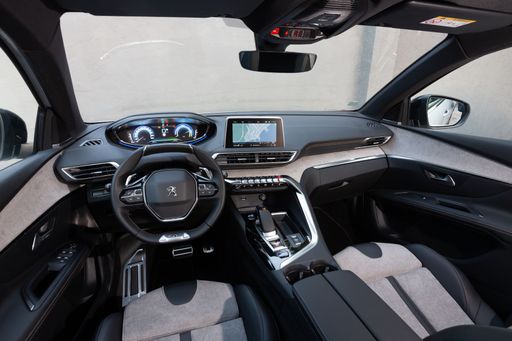Hyundai Tucson vs Peugeot 3008: A Comprehensive Comparison
The compact SUV segment has become increasingly competitive, with models like the Hyundai Tucson and Peugeot 3008 leading the charge. Both vehicles are known for their innovative designs, tech capabilities, and array of engine options. As we delve into their technical aspects, we will examine how these two SUVs stack up against each other in various categories.


